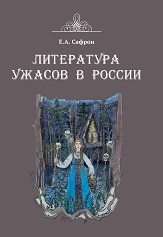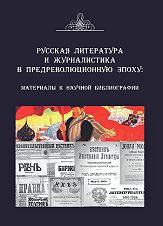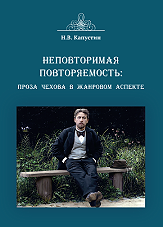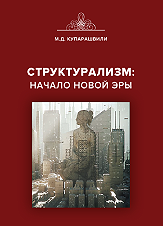Kardanov Musadin L.,
Candidate of Philology, Associate Professor of the Kabardino-Circassian Language and Literature Department
Kabardino-Balkarian State University named after H.M. Berbekov
e-mail: musadin07@mail.ru
https://orcid.org/0000-0002-3393-549X
Shugusheva Juleta Kh.,
Candidate of Philology, Associate Professor of the Kabardino-Circassian Language and Literature Department
Kabardino-Balkarian State University named after H.M. Berbekov
e-mail: shugushd@mail.ru
https://orcid.org/0000-0001-7162-5057
In parallel with quantum theory in physics, language demonstrates that each individual sound in a word can function as an independent element with its own unique semantics. At the same time, when sounds are combined into words and sentences, they begin to behave like “waves”, where the individual characteristics of the sounds are combined, creating a single semantic structure. In this paper, we propose the assumption that each sound has a certain meaning, the understanding of which can significantly help in identifying the components of the proto-language in languages that are considered unrelated today. Interdisciplinary analysis of sounds allows, in our opinion, to move beyond traditional approaches to establishing linguistic kinship, focusing not on phonetic characteristics (place and method of education), but on determining the quantum (smallest) value of the content. A new term is being introduced into scientific usage — the quantum meaning of sound, which reflects a minimal, indivisible semantics. Regardless of the position of the letter in the word, the same sound retains its original meaning. It is also important to note that the sounds in ancient words have a clearly structured hierarchy: the quantum meaning of the first sound in the word is key to understanding the general meaning of the whole word. For example, from the pair reguli / ireguli “presses”, the archaic form is preserved in the first word, where the quantum meaning of the sound [r] is dominant in determining the semantics of the word as a whole.
Keywords: Adyghe language, semantics, etymology, quantum meaning of sound, lexeme, radius, grammaticalization, morpheme
References
- Adyghe folklore. Nalchik: KBNII, 1963. P. 270.
- Gamkrelidze T.V. Theory of linguistic reconstruction // Comparative Historical Study of Languages of Different Families. Theory of Linguistic Reconstruction. Moscow: Nauka, 1988. P. 145–157.
- Greenberg J. A quantitative approach to the morphological typology of languages // New in Linguistics. Iss. 3. Moscow, 1963. P. 60–94.
- Ivanov V.V. Genealogical classification of languages and the concept of linguistic kinship. Moscow: Publishing House of Moscow University, 1954. P. 53.
- Kardanov M.L. Semantic transformation of the sound-root [ch] in the Adyghe language // Bulletin of Kabardino-Balkarian State University: Journalism. Education. 2022. Vol. 2. No. 4. P. 44–52.
- Kardanov M.L., Ezaova M.Yu., Shugusheva D.H. Controversial issues of Adyghe semasiology and word formation // Philological Sciences. Scientific Essays of the Higher School. 2024. No. 6. P. 27–34. DOI: 10.20339/PhS.06-24.027
- Kumakhov M.A. Comparative historical phonetics of the Adyghe (Circassian) languages. Moscow, 1981. P. 288.
- Meye A. Comparative method in historical linguistics. Moscow: Foreign Literature, 1954. P. 100.
- Starostin S.A. Works on linguistics. Moscow, 2007. P. 924.
- Steinberg N.M. Affixal word formation in the French language. Suffixation and prefixation. Leningrad: Leningrad University Press, 1976. 201 p.
- Urusov H.Sh. The history of the Adyghe language. Nalchik: Elbrus, 2014. 360 p.
- Yakovlev N.F. Grammar of the literary Kabardino-Circassian language. Moscow- Leningrad: Academy of Sciences of the USSR, 1948. P. 374.





.png)







